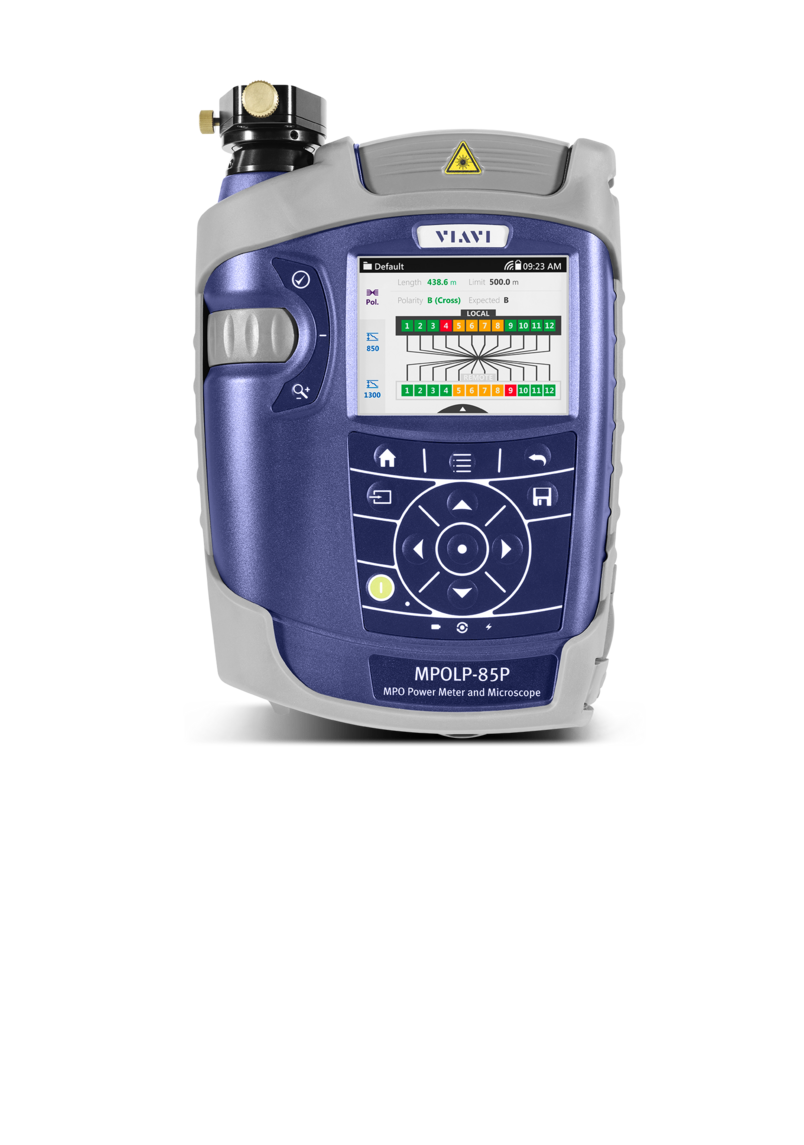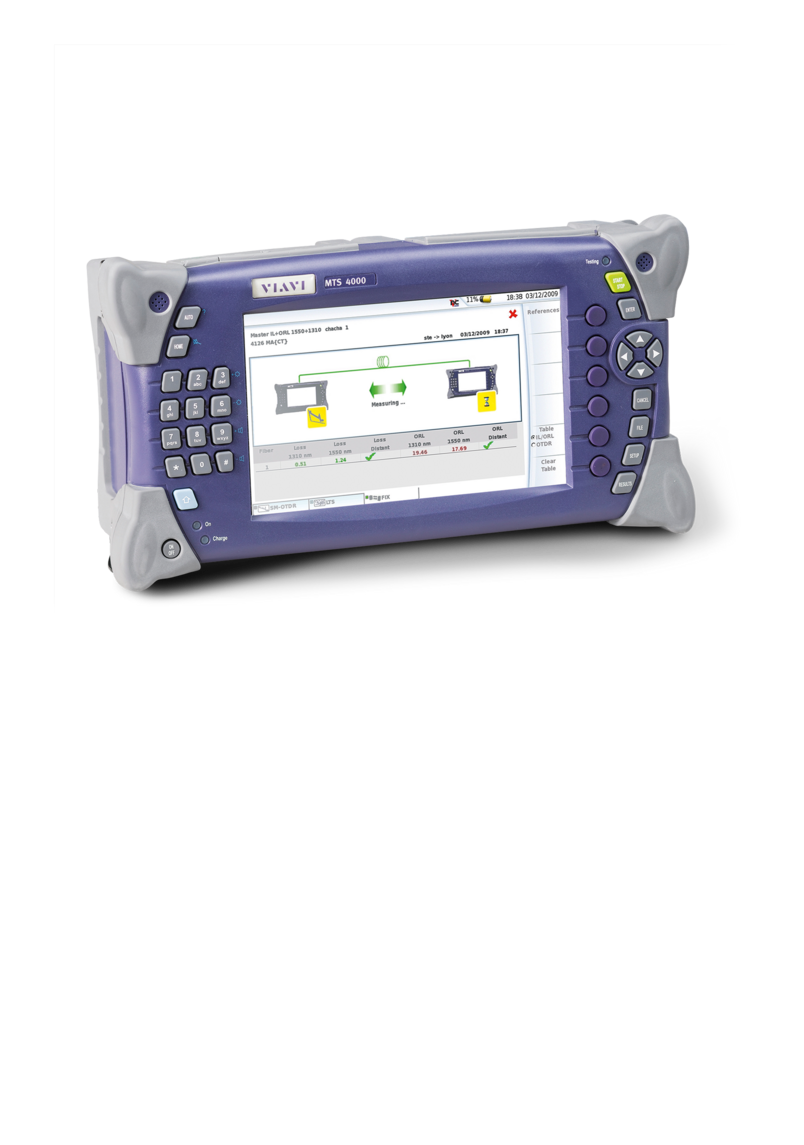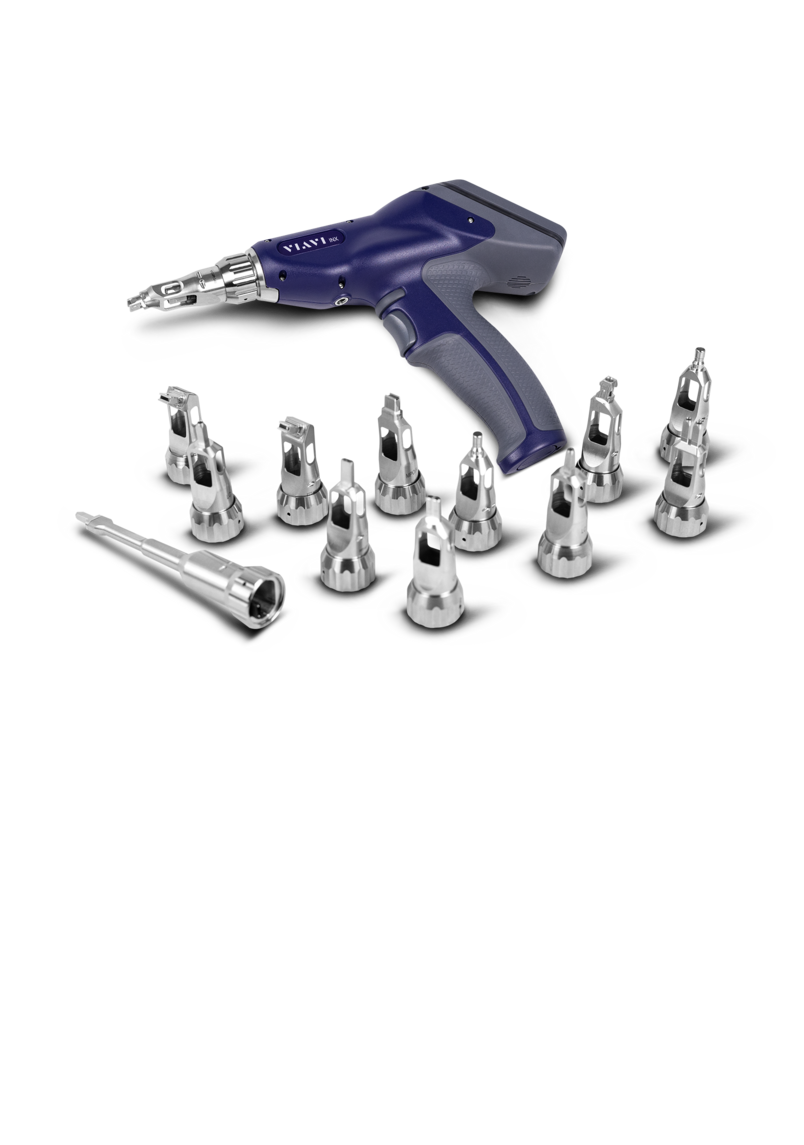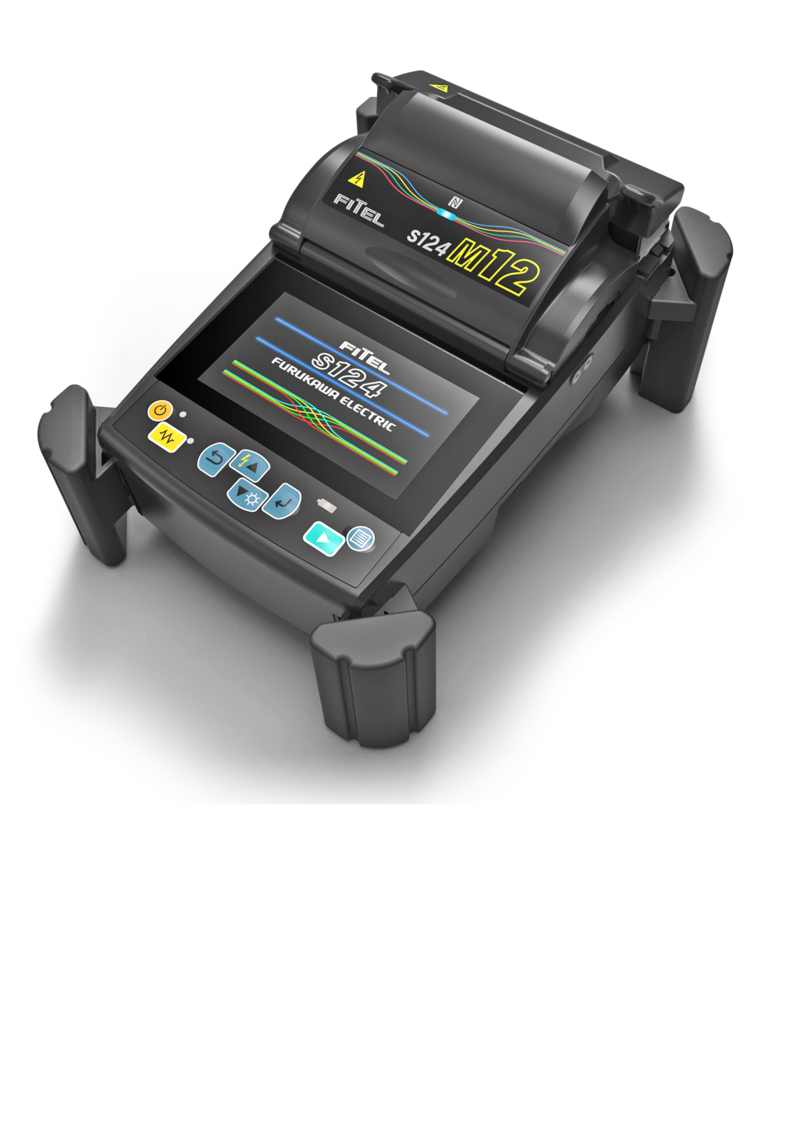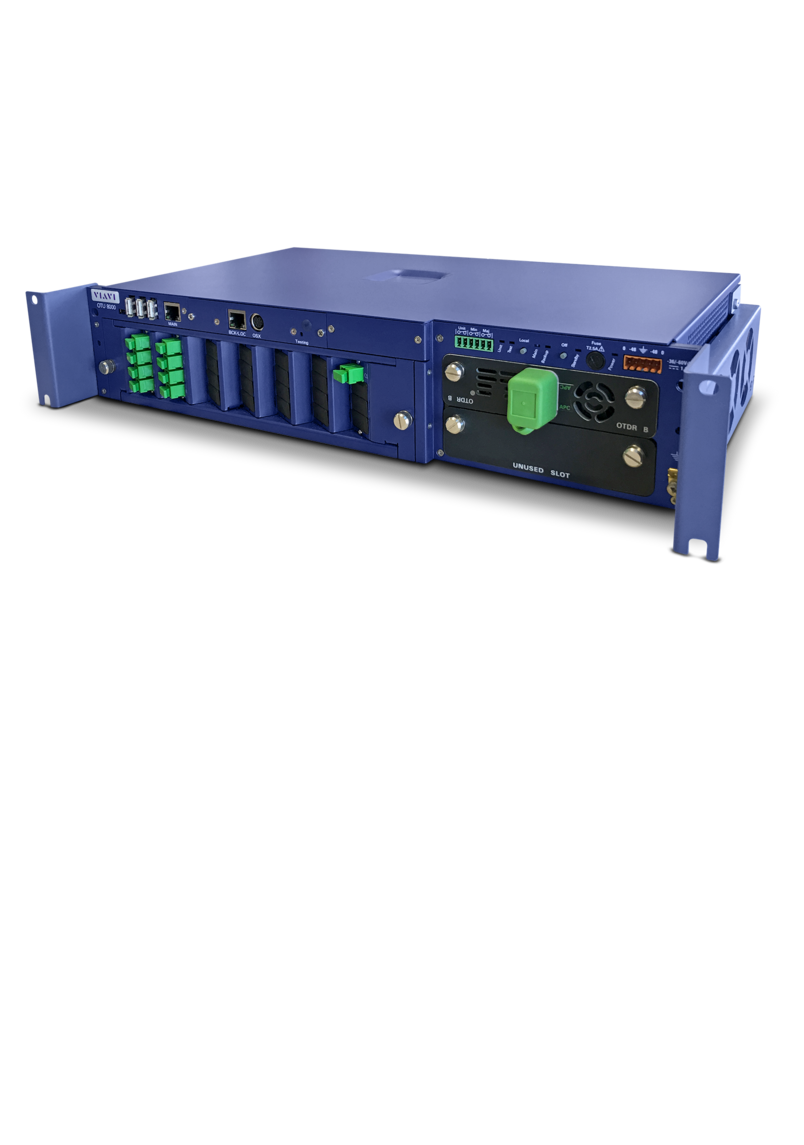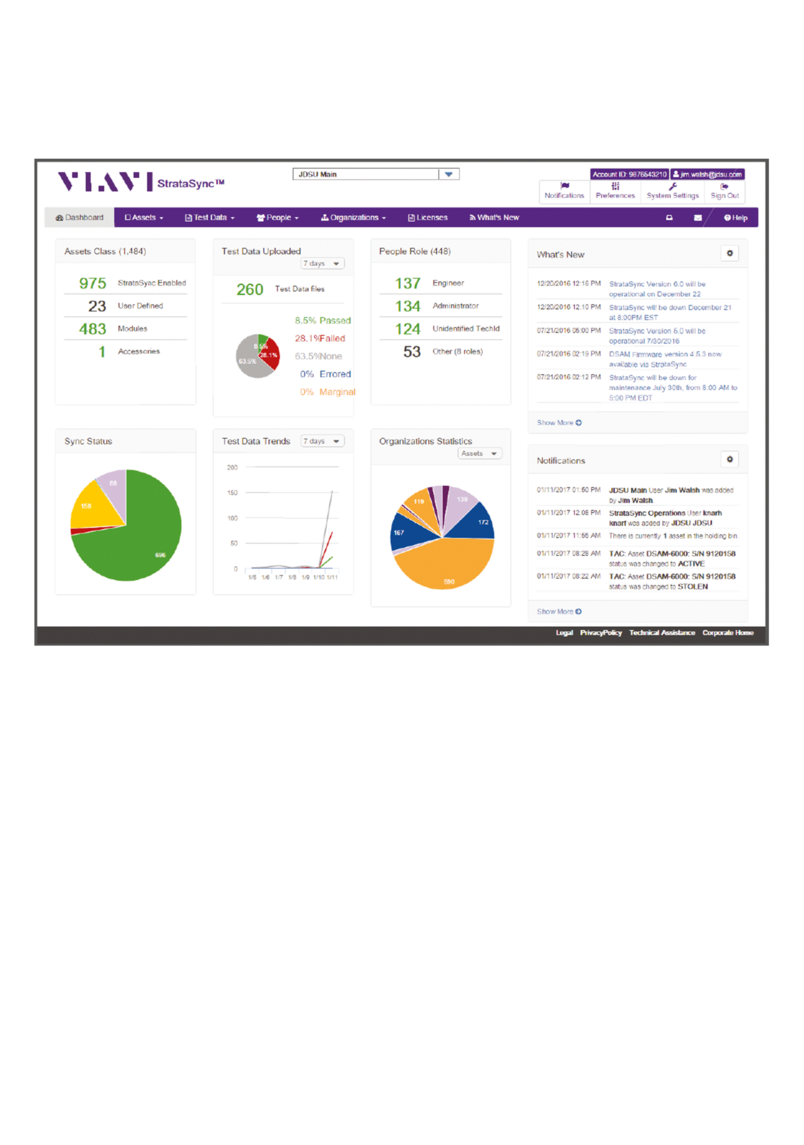Data Centers – The Basis of Tomorrow’s Communication
Data centers are the backbone of today’s digital infrastructure. This is where large amounts of data are stored, processed, and managed so that companies have the necessary availability, security, and scalability to use their IT efficiently and focus on their core competencies. Consistent temperature control and emergency power supply ensure that the data centers run around the clock and that the applications in the affiliated companies can be used at all times.
Current developments such as the increasing use of cloud technologies and the extensive use of artificial intelligence are inconceivable without data centers, making them popular as high-yield investment properties. At the same time, the rapid growth in the number and size of data centers means that issues such as energy efficiency and sustainability are coming to the forefront.
Monitoring, Analysis, and Documentation
Make the Difference
One of the most important challenges when setting up and operating data centers is quality assurance. In order to provide functional and stable IT infrastructure, it is crucial to adhere to all relevant technical standards. This can only be ensured by regularly making measurements and documenting them correctly and consistently. If the measurement documentation is missing or inaccurate, incorrectly set thresholds and measurement parameters may go undetected. This can have unforeseen consequences for the reliability of the entire network.
Even everyday changes in the active IT network constantly present data center operators with complex challenges. For example, this can involve relocations, expansions or an upgrade to higher data rates (10G/40G/100G/400G/800G). The network structure must be precisely adapted each time to ensure performance and avoid downtime.
Given these complex challenges, the importance of consistent monitoring and detailed analysis for network integrity and data center performance should be clear to everyone. Downtime can only be avoided by monitoring all fiber connections and links around the clock. The same applies to the control of scheduled interventions, as these can be effectively controlled through consistent monitoring without interrupting ongoing operations.

Click here
Measurement Methods and Monitoring
Beyond Borders
The efficiency of monitoring depends heavily on the measurement method. Conventional methods, such as conventional attenuation measurements, are often inaccurate and time-consuming. The risk of measurement errors or delays in the data center’s processes is correspondingly high. To make matters worse, these methods often use outdated standards that do not meet the requirements of modern data rates (e.g., 100G or 400G).
New technologies such as OTDR FCOMP, on the other hand, offer considerable advantages. The measurements can be carried out not only more accurately but also faster, and advanced algorithms allow a comprehensive analysis even for complex fiber optic networks. Human error can therefore be almost completely ruled out. At the same time, the data center operator gains more detailed insights into the network infrastructure. All measurement results are documented, which makes it possible to carry out a retrospective root cause analysis in the event of a fault.
Modern tools enable predictive maintenance and optimized planning. Costly unplanned interventions can thus be avoided, significantly reducing the operating (OPEX) and investment (CAPEX) costs – and thus the total cost of ownership – for data centers.
Products
Beyond Borders
Network Performance
STARTS WITH THE RIGHT INSTALLATION
Everything rises and falls with the quality of the IT infrastructure. This in turn can only be guaranteed if the passive fiber optic components meet the exact requirements and specifications of the manufacturer. Insertion loss (IL) and optical return loss (ORL) play a decisive role in meeting these requirements and specifications. The IL indicates how much light is lost due to attenuation in the fiber, while the ORL describes the proportion of reflected light. A low IL and a high ORL mean good connection quality. Especially in applications with high data rates (e.g., 100G or 400G), even the smallest deviations from the manufacturer’s specifications can jeopardize network integrity. Therefore, if you want to protect your technical investments, you should always ensure that all current specifications and thresholds are adhered to.
Data center operators should be aware that the ISO/IEC and TIA standards for fiber optic infrastructures have been updated several times in recent years to meet the requirements for data rates of 100G, 400G, and beyond. For stable and reliable transmissions in such high-capacity networks, higher precision requirements and stricter tolerances apply. In the interests of scalability, it is therefore advisable to check whether existing infrastructures also meet these new requirements.
Fiber and Connector Types
The Basis for High-performance IT Infrastructures
To ensure that the technical investment in a data center pays off in the long run, it is important to keep performance and scalability in mind from the outset. This starts with choosing the right transmission medium and connector type. For example, single-mode (SM) and multimode (OM3, OM4, OM5) optical fibers offer different advantages: SM is suitable for long distances and high data rates while systems with OM fibers enable more cost-effective solutions across shorter distances.
The right combination of medium and connector ensures optimum performance and future-proof network infrastructures. For space-saving multi-fiber connections, MPO/MTP are currently quite popular. They support high densities and parallel transmissions and are, therefore, ideal for 40G/100G/400G. LC, SN, and MDC also offer flexible connection options and require little space.
Although multi-fiber applications are cost effective and save space, they also require special care. For the light signals to be transmitted without interference, the transmitter and receiver must have the same polarity. The different polarities (A, B, C, and Enhanced B) indicate how the fibers are arranged in the connections. If the polarities of the transmitter and receiver sides do not match, it may be necessary to use adapters.
During the installation of data centers, operators are increasingly turning to fiber ribbons with up to twelve fibers, which require little space and at the same time allow high data transmission rates. However, their use is also associated with challenges because these advantages can only be exploited if all fibers are precisely aligned when splicing the fiber ribbons. To minimize signal loss, it is therefore advisable to use special splicing devices such as the FITEL S124M12 from Furukawa Electric.
Scalable Hybrid Switching Architectures
for Future-proof Data Centers
As data volume continues to grow, conventional switching technologies are also reaching their limits. Ethernet routers and conventional optical-electrical switches (OEO) are not sufficiently scalable to meet the increasing requirements. Hybrid architectures that support both OEO and the significantly faster purely optical OOO circuits are an efficient solution.
In POLATIS’ switches, which use DirectLight technology, the light signal is transmitted between the optical fibers using beam-steering technology. The switches can be set up without light being present in the cable. This allows the transmission paths to be configured on the illuminated and non-illuminated fibers and checked in advance. In software-defined networks (SDNs), such optical switches feature extremely low latency times and therefore also support time-critical data streams in hybrid cloud data centers.
Tools and Platforms
for Measurement and Documentation


To cover all of these aspects, manufacturers such as VIAVI have developed comprehensive measurement and documentation systems that are specially designed to meet the requirements of data centers. At the heart of VIAVI’s solution is the ReportPro documentation software, which records all measurement data such as attenuation and OTDR tests, automatically analyzes it, and documents it in standardized reports. This ensures that all current standards are complied with at all times and that the infrastructure meets the requirements. This further ensures that the data center functions efficiently and that all technical investments are safe.
The StrataSync platform, which keeps an eye on the measurement results of all network components around the clock and reacts immediately to deviations, is recommended for real-time monitoring and analysis of network infrastructures. This allows the operator to react quickly and proactively – often even before a fault occurs – and ultimately keeps downtimes as low as possible. As this is a cloud-based solution, everyone involved is informed about the status of the network at all times.
The optical network monitoring system (ONMSi) provides comprehensive monitoring of all the critical fiber optic infrastructures in a data center. It performs automated OTDR measurements and can detect unusual events in the environment via distributed acoustic sensing (DAS). With specifications that even go beyond the requirements of EU CRITIS Regulation 2.0, it protects against unexpected network outages.
Measurements at Different Network Layers
Beyond Borders

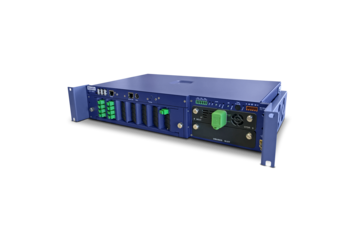
Measurements at network layer 1 – the bit transmission layer – are crucial for the quality and reliability of fiber optic networks. These are primarily attenuation measurements, which are intended to prevent signal loss, while optical time domain reflectometry (OTDR) tests provide precise, spatially resolved information on the position and type of interference. Tests performed using optical loss test sets (OLTS) measure the total insertion loss of a link and check whether the installed optical fiber meets the required specifications.
Load tests that comply with the RFC 2544 and RFC 6349 standards play a central role in layers 2, 3, and 4 (data link, network, and transport). RFC 2544 evaluates the performance of a network, especially for new connections, and tests throughput, latency, frame loss, and jitter. RFC 6349 tests provide additional information about TCP performance, ensuring that all applications work effectively and reliably. These measurements enable a well-founded analysis of network performance and help to identify and eliminate potential bottlenecks or inefficiencies at an early stage.
Conclusion
Beyond Borders
In summary, modern data centers with their complex structures require numerous measurements and efficient 24/7 monitoring to ensure smooth processes and high availability. In order to comply with technical standards and avoid unplanned downtime, regular measurements are necessary, the results of which must be comprehensively documented. Modern measurement methods such as OTDR FCOMP provide more reliable and faster results while continuous monitoring with platforms such as StrataSync and ONMSi enables proactive action and guarantees high availability. Investments in new technologies and efficient monitoring processes help keep operating costs low and enable future growth with scalable infrastructures.

Click here
Download
Beyond Borders
LASER COMPONENTS Germany - Your competent partner for optical and optoelectronic components in Germany.
Welcome to LASER COMPONENTS Germany GmbH, your expert for photonics components. Each product in our wide range of detectors, laser diodes, laser modules, optics, fiber optics, and more is worth every Euro (€/EUR). Our customized solutions cover all conceivable areas of application: from sensor technology to medical technology. You can reach us here:
Werner-von-Siemens-Str. 15
82140 Olching
Deutschland
Phone: +49 8142 2864-0
Email: info(at)



